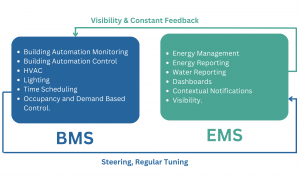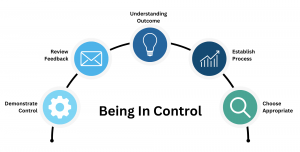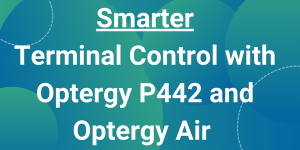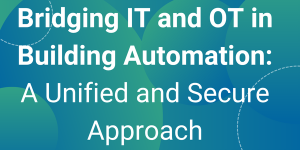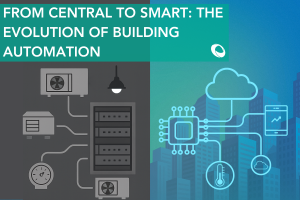Maximising Efficiency and Cost Savings in Small Buildings with Optergy’s Integrated Solutions
While Optergy is successfully deployed in large buildings worldwide, it also stands out as a top solution for smaller buildings, outperforming competitors in this market segment.
Small non-residential buildings, typically under 50,000 square feet (4,645 square meters), make up about 94% of all commercial buildings in the U.S., according to the U.S. Department of Energy (DOE). Despite their large number, these buildings only account for about 44% of the total floor space, as larger buildings dominate in terms of square footage.
Optergy’s smart building solutions—combining Building Management Systems (BMS), Energy Management Systems (EMS), and tenant billing—offer exceptional value for smaller buildings. Many competitors struggle to compete in this segment due to the high cost of their solutions, and often, they do not provide a seamless integration of BMS, EMS, and tenant billing.
For a deeper dive into the benefits of combining EMS and BMS, check out the article Combining Energy and Building Management Systems.
In today’s market, most tenant billing software is subscription-based, expensive, and often only available from energy meter manufacturers. Additionally, many tenant billing systems aren’t integrated with EMS or BMS, requiring multiple vendors to implement simple workflows. Optergy simplifies this process by offering an all-in-one solution that streamlines energy management and tenant billing, allowing for easy, automated workflows like:
- Review Energy Bills: Analyse previous energy bills to identify consumption patterns and costs.
- Set Energy Threshold: Establish a threshold for energy usage that triggers actions when exceeded.
- Turn off HVAC in Non-Essential Areas: Automatically switch off HVAC in non-essential areas when energy consumption exceeds the set threshold.
- Automatically Adjust Setpoints via BMS: Use the Building Management System to adjust HVAC setpoints to optimise energy efficiency.
- Monitor & Compare Results: Track and evaluate energy savings after implementing changes.
- Adjust Thresholds & Setpoints: Refine the thresholds and setpoints based on results for ongoing improvement.
By incorporating Optergy Edge controllers and Optergy Air wireless sensors, building operators can further reduce costs by eliminating the need for extensive wiring, resulting in lower labour costs.
Our sales team will be in touch soon to discuss how you can enhance your offerings to end users with Optergy’s solutions.

